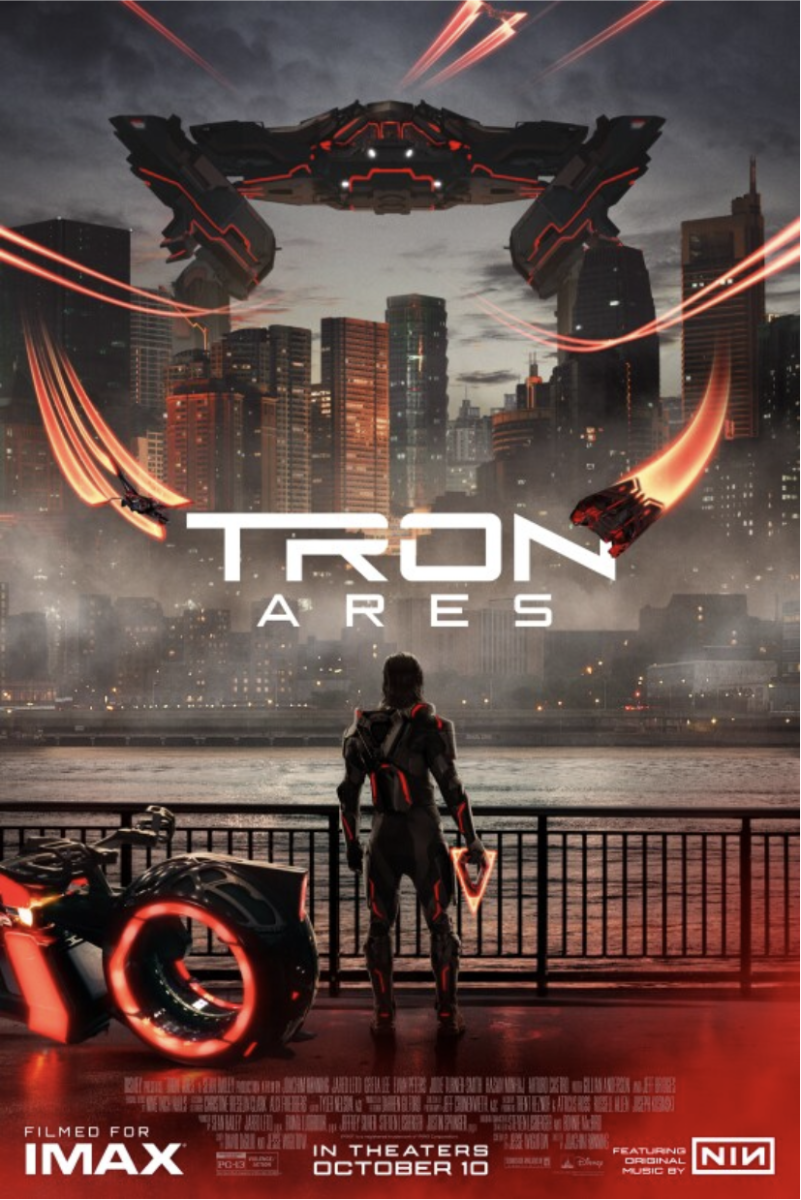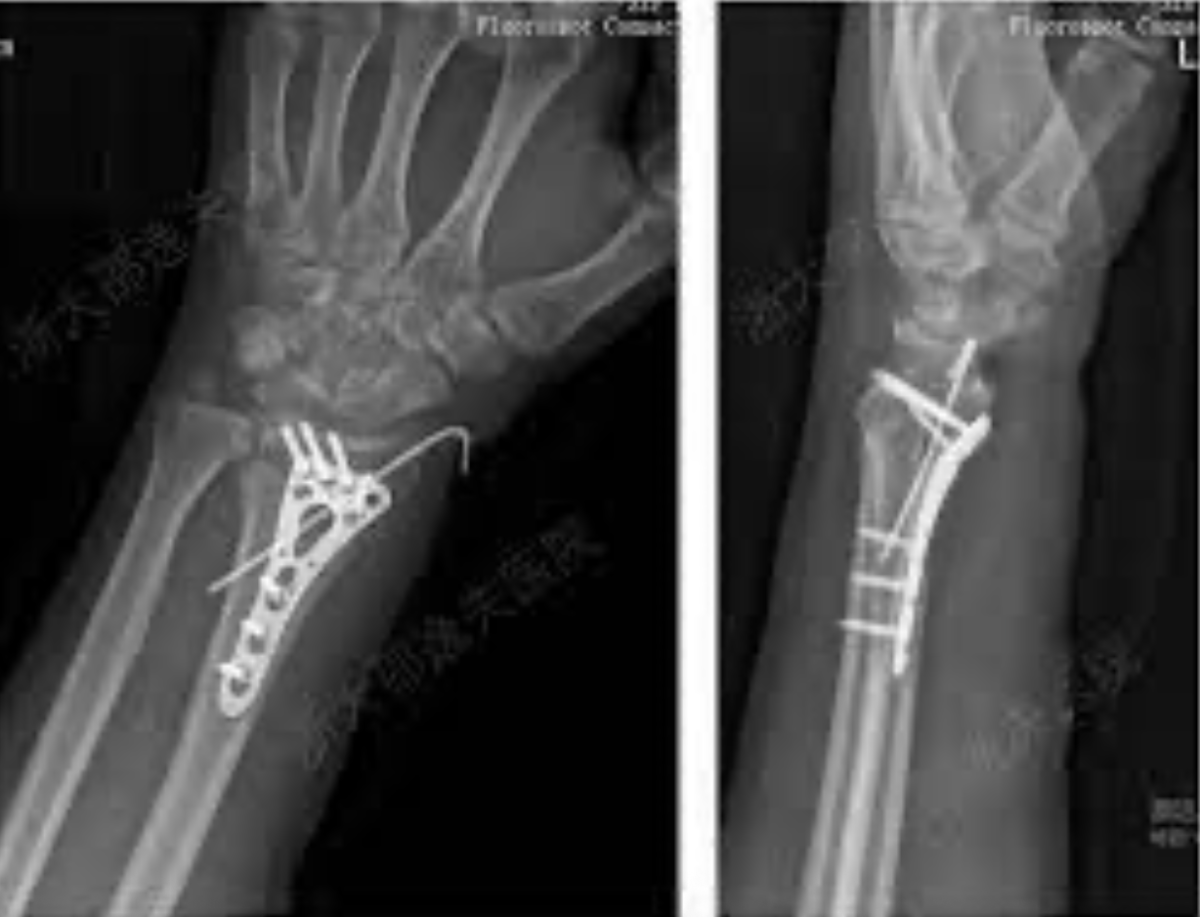“Tron: Ares,” an unexpected sequel to the iconic franchise, was released on Oct. 10. It delivered a visually spectacular and emotional addition to the sci-fi series. Set in a futuristic 2025, the story is split between the digital realm known as the Grid and the real-world city of Vancouver, British Columbia. The film captivates both longtime fans and newcomers with its advanced CGI, nostalgia and a narrative joining artificial intelligence (AI) with human emotion.
The film follows Ares, a sentient AI with a will to live, and Eve Kim, the CEO of ENCOM, the technology company central to the Tron series. The plot revolves around a high-stake race to secure the Permanence Code, a program that would allow AI to exist freely in the physical world forever. ENCOM, under Kim’s leadership, seeks to contain AI within the Grid, and only use it for good. Opposing them is Dillinger Systems, led by Julian Dillinger, the grandson of Ed Dillinger, the Tron’s original antagonist. Dillinger Systems aims to unleash AI into the real world, creating super soldiers and military weapons.
“Tron: Ares” sets itself apart from average sci-fi films by diving into the psychological complexities of AI. The narrative contrasts two AI entities: Ares, who begins to show human-like emotions, and Athena, who strictly follows human instruction, often with flawed outcomes. A central scene underscores Ares’ growing humanity, as he halts a high-speed chase to protect a baby, highlighting his growing sense of empathy. This exploration of AI gaining human feelings in the film, offers a perspective on what it means to be human in a world shared with technology.
Greta Lee’s portrayal of Eve Kim stands out, bringing emotional depth to the character. Burdened by personal struggles, Kim navigates the crisis with intelligence and boldness. Her ability to convey authentic panic, particularly in high-stakes moments, making her performance feel grounded and relatable. Her dynamic friendship with Ares enhances the film’s sentimental core, despite Lee’s contrasting role from previous films. Her versatility and range in emotion elevate her character, a highlight of the movie.
The film’s CGI is a technical triumph, with seamless transitions between the Grid’s neon digital world and Vancouver’s reality. The special effects create an immersive experience that feels real. Nostalgic elements also enhance the film’s appeal for longtime fans. The return of Bit, a beloved character from the original 1982 Tron film connects the sequel to its roots. Other references to the franchise’s history, including ENCOM’s legacy, deepen its ties to the original audience.
Despite its strengths, “Tron: Ares” fails in its climax. The suspenseful momentum built through the film’s action-packed middle, driven by wild chase scenes leads to a climax that feels too sudden. Without giving away plot, things happen too quickly, leaving viewers without a satisfying resolution. The ending subtly hints at a potential sequel, suggesting further exploration of the AI-human dynamic, but a lackluster conclusion may disappoint the audience.
The film’s technical strengths and emotional depth remain undeniable. Seamless CGI and live-action footage creates a visually wonderful world, while the performances, particularly Lee’s, ground fantasy with human passion. The nostalgic touches bridge the gap between the franchise’s past and present, appealing to both veteran fans and new audiences.
Despite the rush of the film’s ending, the Howl rates “Tron: Ares” an 8.5/10, reflecting its success as a visually stunning, thought-provoking sci-fi thriller. The film’s exploration of AI’s emotional evolution, along with strong performances and nostalgic elements, makes it a worthy successor to the Tron legacy.













